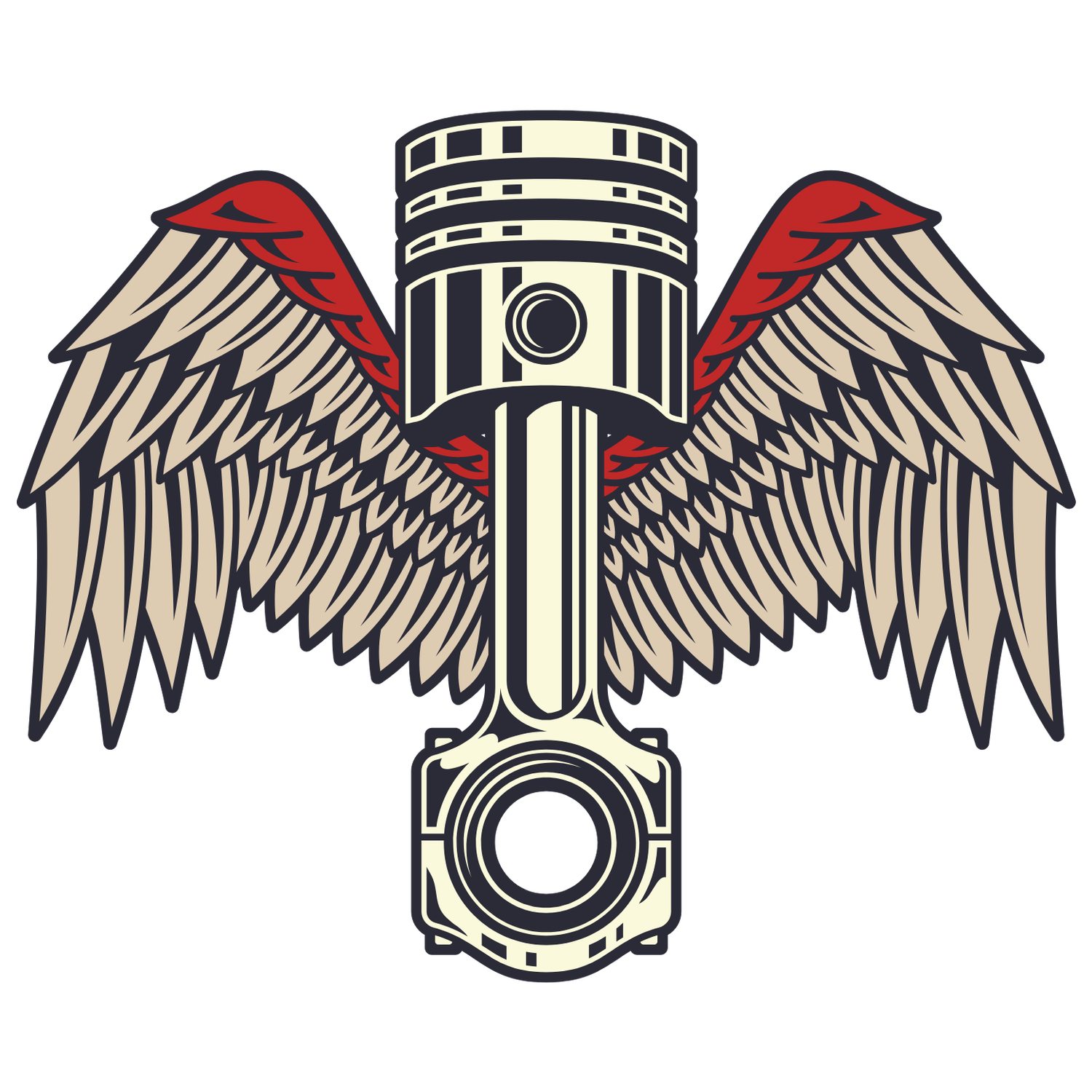Understanding the Art of Cylinder Honing for Engine Longevity
Cylinder honing is a critical process for ensuring the longevity and efficiency of your engine. In this blog, we will explore what cylinder honing is, how it works, and why it's essential for maintaining optimal engine performance. Whether you're a seasoned mechanic or a curious car enthusiast, this guide will provide you with a comprehensive understanding of the subject.
What is Cylinder Honing?
Cylinder honing is a precision machining process that improves the surface finish of the cylinder wall in your engine. By creating a specific crosshatch pattern, honing optimizes the surface for proper lubrication and sealing.
But why is this process so crucial, you might wonder? Well, when an engine operates, its components move at high speeds, generating substantial heat and friction. If the cylinder walls are rough or uneven, this can lead to increased wear and tear, significantly shortening the engine's lifespan. Hence, honing is not just an aesthetic process; it’s a fundamental aspect of engine health.
Moreover, cylinder honing has a pivotal role in enhancing the engine's overall efficiency. The better the surface finish, the more effectively the engine can form a seal with the piston rings. This ensures that the combustion gases stay contained, which boosts power output and fuel efficiency.
The Importance of Cylinder Honing for Engine Performance
Proper honing is vital for achieving perfect cylinder-to-piston fit and ensuring optimal performance. Without the right honing process, you may face issues like increased wear, oil consumption, and reduced horsepower.
Additionally, an improperly honed cylinder can become a hub for trouble. Over time, this can manifest as poor engine performance, decreased acceleration, and even higher levels of exhaust emissions. In essence, neglecting the honing process can have ripple effects that extend far beyond just the engine itself.
Consider this: not only does honing improve the integrity of the engine, but it also plays a part in the vehicle's overall lifespan. When each engine component works harmoniously, your car runs smoother and lasts longer, allowing you to get the most out of your investment.
How Cylinder Honing Works
The honing process involves using abrasive stones mounted on a honing tool to create a smooth surface. This section will break down the steps involved in honing, from setup to execution, ensuring you understand the technique.
The first step in honing is to measure the cylinder to assess its condition accurately. Once you know the dimensions and any wear patterns present, it's time to choose the right honing stones. Each type of abrasive has specific grit levels designed for different tasks; using the correct one is essential to achieving optimal results.
After selecting the appropriate tools, the technician will carefully set up the honing machine. The cylinder is then secured, and the honing tool is inserted. As the machine begins to operate, the stones rotate, gently grinding away any imperfections and allowing for that critical crosshatch pattern to be established.
Choosing the Right Tools for Cylinder Honing
Selecting the right tools and abrasives for honing is crucial. This section will discuss the different types of honing tools available and factors to consider when choosing the right equipment for your engine needs.
Consider the abrasive material first. Diamond abrasives, for instance, offer excellent durability and efficiency but come at a higher cost. On the other hand, conventional stone abrasives are less expensive but may not last as long. Your choice should depend on the specific requirements of the job at hand and your budget.
Furthermore, honing tools can vary in size, type, and mechanism. Some are designed for hand-held use, while others are more complex machines suitable for professional workshops. When honing just one engine or embarking on a series of projects, consider whether you will benefit from investing in a more elaborate honing setup.
Common Mistakes to Avoid in Cylinder Honing
Honing is a precise art, and mistakes can lead to serious issues. Here, we will outline common errors to avoid during the honing process to ensure your engine's health and performance.
One frequent mistake is using the wrong grit level of honing stones. If the stones are too coarse, they can damage the cylinder wall, while stones that are too fine might not create the desired crosshatch pattern. Always match the grit to the condition of the cylinder you’re working with.
Another pitfall is not maintaining proper lubrication during the honing process. Adequate lubrication not only helps cool the honing stones but also prevents metal particles from creating a sludge that could cause further scratches and damage.
Signs Your Engine Needs Honing
Understanding when to hone your cylinders is key to maintaining engine longevity. This section will explore the signs and symptoms that indicate it's time for a honing service.
One of the primary indicators is a noticeable decrease in power or acceleration. If your vehicle feels sluggish, it might be due to poor cylinder condition. This reduced performance typically manifests along with higher fuel consumption, which can be frustrating and costly.
Additionally, if you notice excessive oil consumption or blue smoke from the exhaust, these are strong signals that your engine could benefit from honing. These issues often point to worn cylinders, which fail to maintain a proper seal with the pistons, allowing oil to escape into the combustion chamber.
Final Thoughts on Cylinder Honing
In summary, cylinder honing is an art that marries precision with engineering. By properly honing your engine's cylinders, you can enhance performance, improve fuel efficiency, and extend the lifespan of your vehicle. Remember, regular maintenance and attention to detail are key to keeping your engine running smoothly for years to come.

